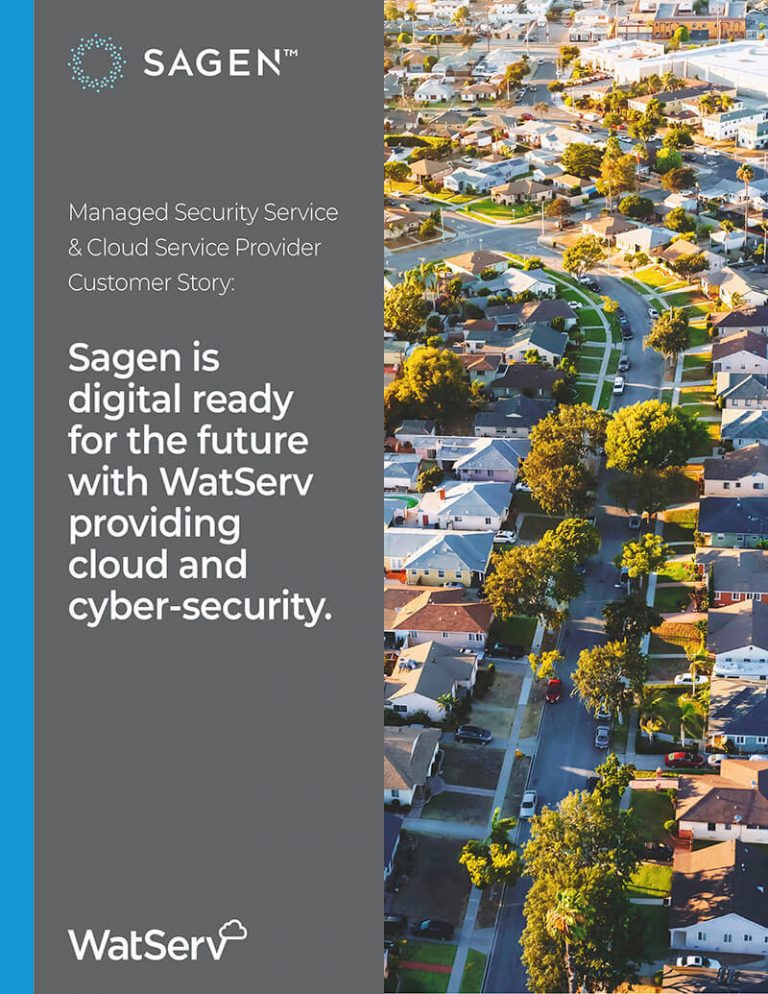Digital Transformation Is No Longer A One-Off Change To Your Business
Randy Mizzoni, SVP, Sales & Marketing
March 9, 2021
The Covid-19 pandemic has led to a surge in the number of companies exploring digital transformation projects. In some cases this pivot was forced, for example a retailer not offering an e-commerce option and therefore struggling to survive the lockdowns, but some are also moving fast in an attempt to build a more flexible and resilient organization.
Internet use globally jumped by 20% last year because of the additional videoconferencing and use of streaming entertainment options. Office-based professionals that started working from home during the pandemic are likely to stay there, or just work part-time in the office in a hybrid arrangement.
So organizations need to change fast. Products and services may have already changed and the systems need to catch up. Those developing new post-pandemic services may need to scrap all existing plans and just start again. Even if your company services have not changed, the way your business functions almost certainly has. There is a need for rapid transformation in many different areas.
The World Economic Forum recently created a simple guide to digital transformation for executives, breaking it down into five key stages regardless of industry or specific company details. These are:
- Follow a clearly defined vision, focused on the customers’ needs and shared by the whole team.
- The C-suite needs to take the lead in ensuring that the path to that vision balances the needs of the company, its staff, its shareholders and the wider community, as well as deciding what considerations should be embedded into every business decision.
- Be backed with the necessary infrastructure, technology, resources and expertise, either developed in-house, through partners or acquired.
- Transform both internal and external processes and practices.
- Create a supportive environment and culture for constant innovation, aimed at revolutionizing the customer experience and unlocking new business opportunities and models.
These are useful principles, but at some point you will need to start managing and defining specific attributes of any transformation program. By thinking about potential risks up front you can mitigate the risk of an expensive mistake further down the line. Cloud environments are a good example as they feature prominently in many organizations that are now developing a hybrid distributed workforce, spread across office sites and thousands of homes.
Ola Chowning, a partner at technology research and advisory firm ISG, talked about this risk in CIO magazine recently: “The most frequent risks we see here involve governance of the cloud environments: Which cloud provider? Which protocol? Thresholds for creation, utilization, size, etc., for [development] environments to optimize use. It’s much easier to tackle governance issues such as these at the onset rather than post-implementation.”
In my experience though, the biggest risk with these projects is the belief by executives that digital transformation is a one-off program of change. The reality today is that your business operates in a market that is constantly changing. The only way to stay on top of this is to remold your organization into an agile structure that can change when needed. You can no longer say ‘this is what we need to do and it will take 18 months to transform the business.’ By the time you get there, the world will have changed again.
This demonstrates the importance of working with partners who understand your business and feel empowered to advise you on potential change, rather than just keeping the lights on. You need a great IT company to help when building and configuring your new cloud environment, but if you work with that supplier as a partner then it means you have eyes and ears watching for change in that area – they can help you transform your business.
Digital transformation is really about a cultural change for most companies. There is a technical element and a general shift away from legacy office-based systems, but the really important transformation is creating the ability to change when needed.

CASE STUDY
Sagen is Digital Ready for the Future with WatServ Providing Cloud & Cybersecurity
WatServ demonstrates best-in-class capability and market leadership through proven technology and customer commitment.
About
WatServ is an IT solutions provider that helps organizations digitally transform through cloud technologies and managed services.
Serving clients as a trusted advisor since 2006, WatServ provides experience-tested, strategic solutions across all stages of the digital transformation journey. Clients choose WatServ to migrate infrastructure and applications to the cloud, secure critical data, implement disaster recovery, deploy virtual desktop, enable data-readiness for productivity solutions and manage IT environments.
Our clients span a broad range of industries, and we’re a global supplier of IT services for many Brookfield Portfolio Companies. To help our mid-size clients, we provide scalable offerings that simplify cloud adoption and drive business optimization. For enterprise clients, we co-create cloud solutions that enable stability and efficiency for complex IT tools and processes.
With more than 15 years of experience, WatServ has a track record of delivering quantifiable business results and a superior client experience. Ranked as one of Canada’s Top 100 Solution Providers for the last three years in a row, WatServ is always on.

